If Japanese food were a religion then dashi would be the deity. Dashi (Japanese stock) is at the very heart of Japanese cuisine. The rich umami character of dashi seems to amplify the natural flavours of all other recipes dashi is used in.
Here are some of the common ingredients used to make dashi: kombu, katsuobushi, niboshi and shiitake. They may be used alone or in combination to create varying flavours. The Buddhists commonly use a dashi made only of kombu and water to satisfy their vegetarian diet.
Kombu
– is processed from giant kelp found growing in abundance around Japan. Ma-kombu, rishiri-kombu, rausu-kombu and hidaka-kombu are amongst the best types available and come from Hokkaido. They’re harvested and dried on the beach before further processing and have a two year maturation period.
Kombu is high in naturally occurring glutamate, which is a rich source of umami character. Kombu is said to be highly beneficial to human health and is a big part of the diet in Okinawa. Incidentally the Okinawan’s have one of the longest life expectancies in the world.
Katsuobushi
– is a type of shaved, dried bonito, a relative of tuna. Fillets of bonito are firstly smoked and salted before being left to dry for up to two years. A type of aspergillus (mould) is introduced to the drying fillets and over time this mould lives off the oils in the fish until it becomes dry. Katsuobushi is rich in naturally occurring inosinate, which is another of the umami compounds.
Always look for thicker, strongly scented bonito flakes, as these will be better for making stock. The thinner variety are used for garnishing dishes.
Niboshi
– are tiny sardines that have been boiled and then dried. They are used to make strong, rich stock and are excellent for nimono. Niboshi are a good source of naturally occurring inosinate and therefore rich in umami character. Unfortunately niboshi are not available in Australia due to quarantine restrictions.
Dried Shiitake
– are an excellent source of another umami element called guanylate. Shiitake mushrooms add a depth of character to stocks especially for those who don’t eat fish or meat.
…………
Basic dashi recipe
Probably the most common type of dashi made in the Japanese kitchen is a combination of kombu and bonito flakes. This surprisingly rich stock is quite simple to make.
Like all Japanese cuisine the most important step is done whilst shopping, always buy the very best ingredients you can find/afford.
…………
To make 800ml of ichiban dashi – first broth
- 10-15g kombu
- 15g shaved katsuobushi flakes
- 1L filtered water
Put the water and kombu in a pot and heat to about 50°-60° degrees for about an hour. A long gentle extraction will get the best flavours from the kelp. Increase temperature and remove kelp when the water gets to about 80° degrees (don’t throw it out as you can use it again). When the water boils add the katsuobushi and turn off heat immediately. Infuse the katsuobushi for a minute or two and strain through a fine sieve or muslin cloth.
Congratulations you have just made a simple delicious stock that forms the basis of a large repetoire of Japanese food.
Of course like all natural ingredients, kelp and katsuobushi come in different strengths so feel free to adjust the recipe to taste.
…………
To make 800ml of niban dashi – second broth
- kombu – from ichiban dashi
- katsuobushi – from ichiban dashi
- 800ml filtered water
After making the first broth, the kelp and katsuobushi still have flavour so it is often used again to make a second slightly heavier/cloudier stock.
Put kelp and katsuobushi in a pot with 800ml water and heat to a simmer. Hold at this temperature for 20 minutes or so and then increase to a boil. Turn off immediately and add about 8 grams of fresh katsuobushi and let set for about 2 minutes. Strain and set aside.
Strictly speaking use the first dashi for sauces, seasonings and of course soups (especially clear soups) and for when a clear, delicate flavour is desired. The second dashi can be used for miso soup and simmered dishes. You can also mix the two for a more rounded flavour.
You can keep the used kombu to make kombu no tsukudani.

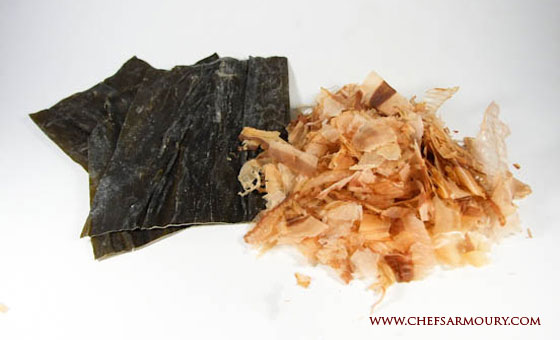
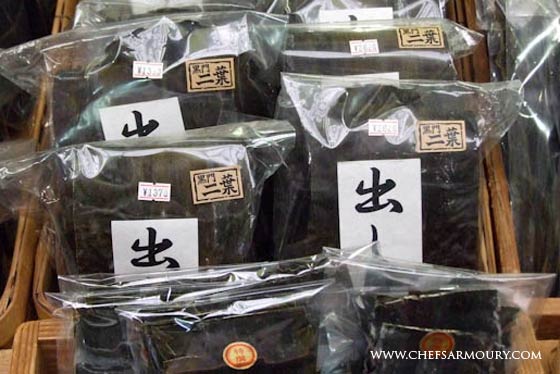
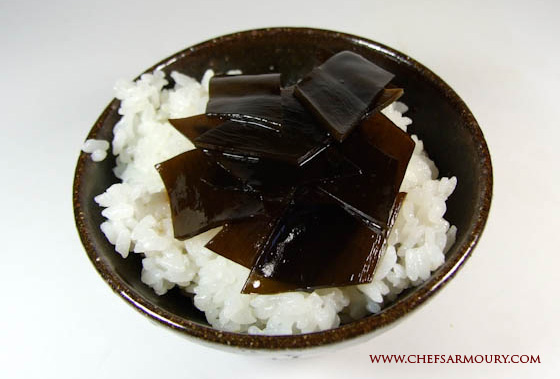
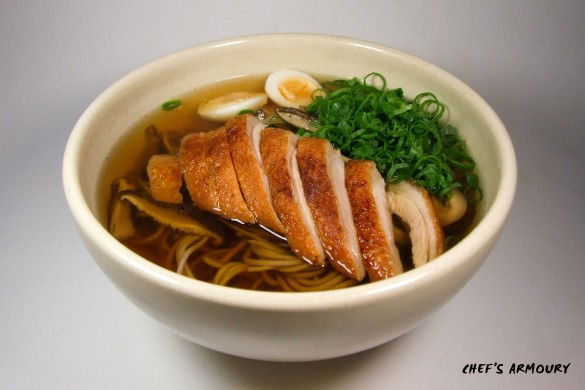
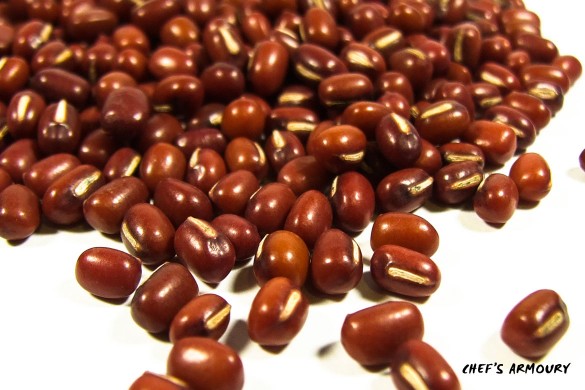
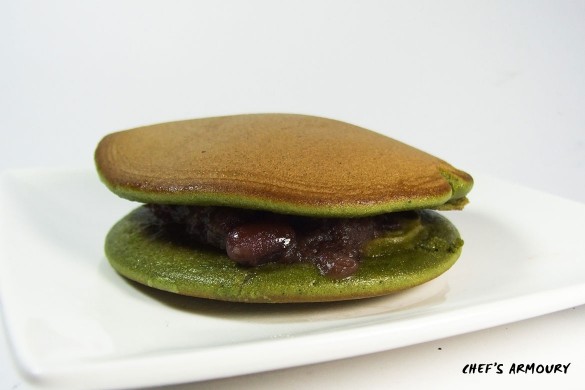
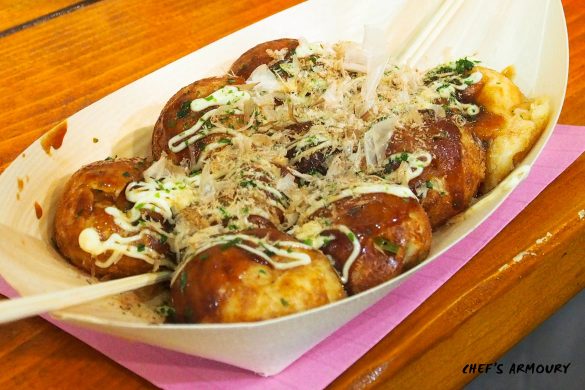
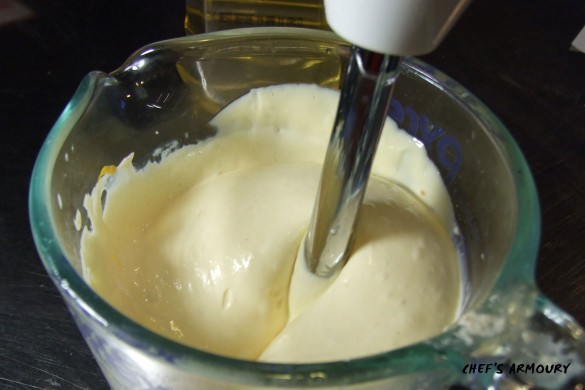
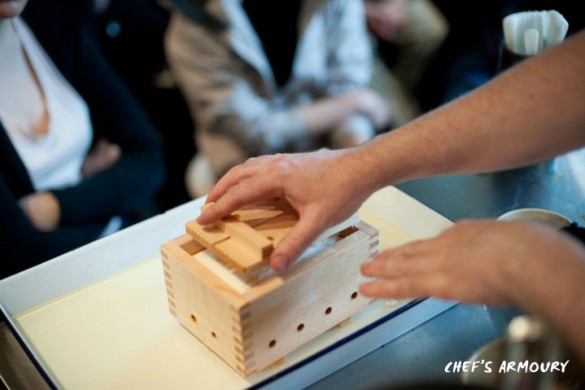
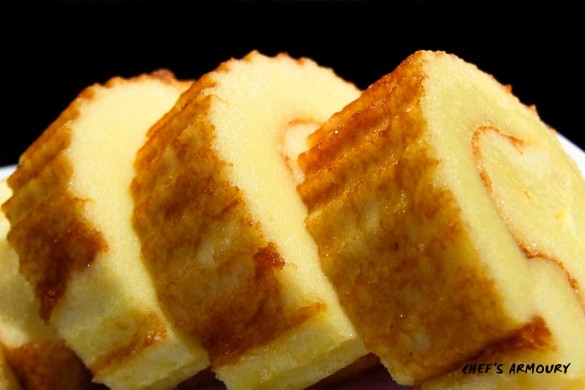
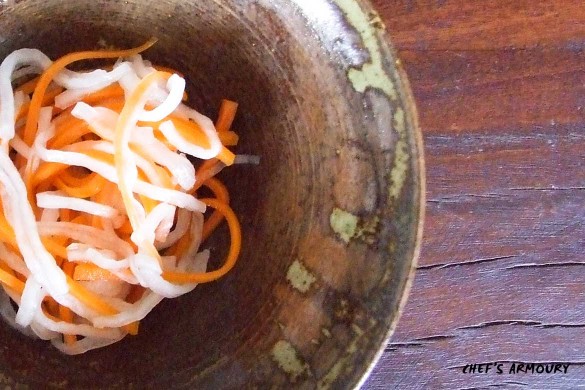
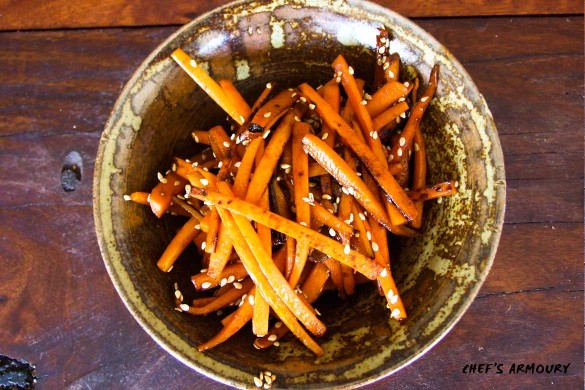
4 Comments
Great Recipe! Thanks for the chance to see this made at the free broth class! Simple but elegant!
I love the description of each ingredient used. I would love to see more recipes as well as different plates and bowls used to display the food. I want to know how to enhance Japanese food using beautiful different plates.
i love the simple recipes you have on the blog and would love to see more of them. i’d also love to win 2 tickets to the Good Food & Wine Show so i can also hear a few more of your whale jokes 😉 and see how other people react! 🙂
Would love to see more “base” recipes, things that can be used to made an endless number of things. So disappointed I missed out on this free class (4yo was very very ill) but would love some tickets to the Good Food and Wine Show so I can take my mum along who definitely gave me my love of good food and cooking!